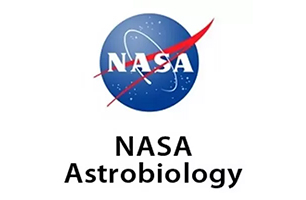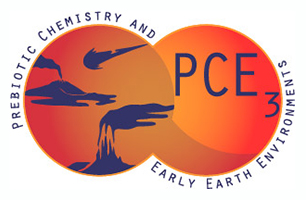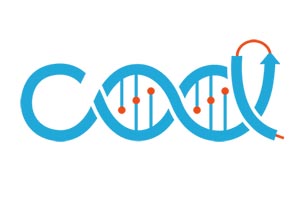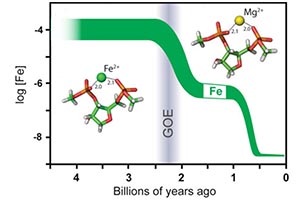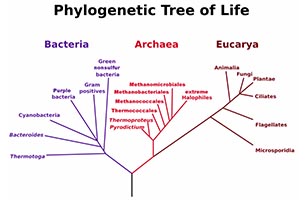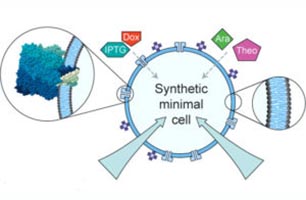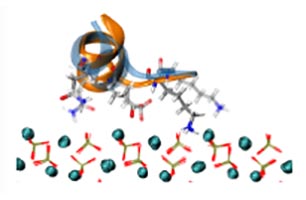NASA Astrobiology
Congress added Astrobiology program as one of NASA’s ten formal objectives in 2017. Astrobiology focuses on three big questions: How does life begin and evolve? Does life exist elsewhere in the Universe? What is the future of life on Earth and beyond?
The mission of the COOL Team is to understand life, here and beyond. We seek to understand the synthesis and function of macromolecules in the origin of life, how early life increased in complexity, and how life co-evolved with the physical environment.
The mission of the COOL Team is to understand life, here and beyond. We seek to understand the synthesis and function of macromolecules in the origin of life, how early life increased in complexity, and how life co-evolved with the physical environment.
Research Coordination Network
The Cool Center is a part of NASA’s Prebiotic Chemistry and Early Earth Environments (PCE3) Consortium, one of five Research Coordination Networks within the Astrobiology Program. The PCE3 Consortium is focused on investigating the delivery and synthesis of small molecules under the conditions of the Early Earth, and the subsequent formation of proto-biological molecules and pathways that lead to systems harboring the potential for life.
Message from the Director
Biology, for nearly four billion years, has kept extensive and detailed molecular records. Molecules and sequences are replicated, with 3D structure being more durable and persistent than sequence. The translation system is the grand custodian of ancient structures. It contains the oldest, best preserved and most informative archives of molecules from ancestral biology. The COOL Team uses the translation system as a window to primeval chemical and geochemical processes and molecular structures, to visualize the origins of life.
Web Portal
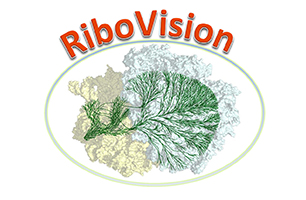
Evolution of Ribosome
A video on the origins and evolution of the ribosome describes a model of ribosomal evolution by accretion by Dr. Petrov and Prof. Williams. The approach presented here provides insight to the structure of pre-last universal common ancestor rRNAs and the subsequent expansions that shaped the peptidyl transferase center and the conserved core.
Life from deep biosphere
Microbes are responsible for the majority of methane cycling on Earth, and methane-based metabolisms may have sustained ancient ecosystems prior to oxygenation of Earth’s atmosphere. In this video Prof. Glass discusses microbial mechanisms of methane cycling and the possibility of novel microbial metabolisms in the deep marine subsurface.
Ribosome Origins and Evolution
Protocells
Synthetic cells are liposomal bioreactors that can mimic natural biology, as well as create new functionalities from biochemical parts. This TedX video by Prof. Adamala explains how by building cells from scratch, we study the origin and early evolution of life.
We Came from Clay
Evolution on our planet began from rocks, minerals, water and gasses. In this NPR radio podcast Prof. Nita Sahai discusses "how do you go from that to something that is basically covered with life in every possible environmental niche that you look?"
The ribosome is our molecular time machine to the origins of biology.







